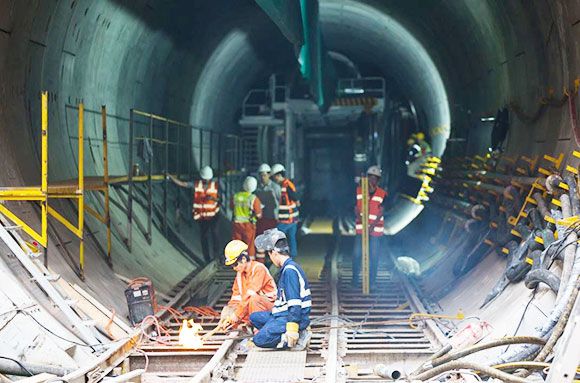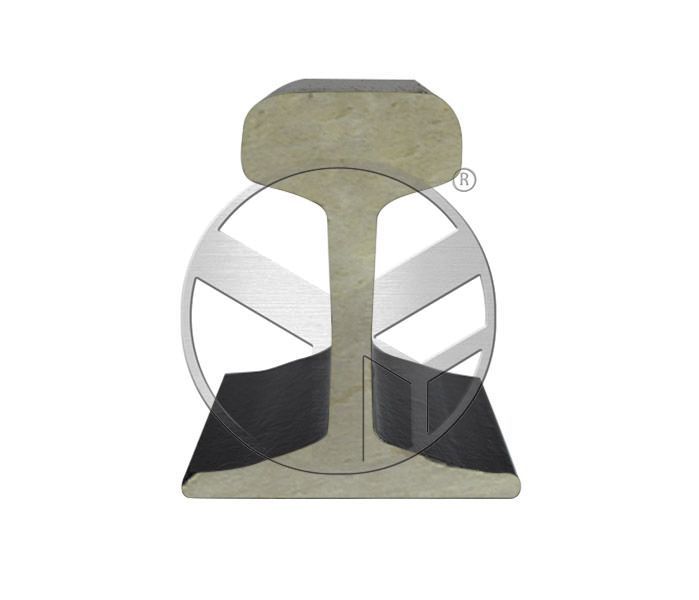How Long Do Steel Rails Last?
Steel rails are the primary component of railway tracks, providing a smooth and durable surface for trains to run on. The lifespan of steel rails depends on various factors, including the quality of the steel, the weight of the trains that run on them, and the environmental conditions they are exposed to. In this article, we will explore the different factors that affect the lifespan of steel rails and give a rough estimate of how long they can last.
Quality of Steel
The quality of the steel used to make the rails is one of the most critical factors affecting their lifespan. Higher-quality steel tends to have better resistance to wear and tear, and it can withstand heavy loads for a longer time. Steel rails are made of various grades of steel, such as R260, R350, and R400. These grades refer to the minimum tensile strength of the steel, which is the amount of stress it can handle before breaking.
Rails made of R260 steel, which has a tensile strength of 260 megapascals (MPa), are typically used on lower-traffic lines and are expected to last for around 10 to 15 years. Rails made of R350 steel, which has a tensile strength of 350 MPa, are used on busier lines and can last for up to 20 years. R400 steel, which has a tensile strength of 400 MPa, is used on high-speed lines and can last for up to 30 years.
Tel Aviv Metro Project, Israel
Train Weight
The weight of the trains that run on the rails is another critical factor affecting the lifespan of steel rails. Heavier trains cause more wear and tear on the rails, which can lead to cracking and other forms of damage. As a result, lighter trains tend to put less strain on the rails and can help extend their lifespan.
Environmental Conditions
Environmental conditions can also affect the lifespan of steel rails. In areas with high humidity or precipitation, the rails can be more prone to rust and corrosion, which can weaken the metal and lead to cracks and other forms of damage. Extreme temperatures can also cause the rails to expand and contract, which can lead to stress on the metal and weaken it over time.
Maintenance
Regular maintenance of the tracks can help extend the lifespan of steel rails. Rail companies often perform inspections and repairs to identify any signs of wear and tear on the rails and address them before they become severe. Cleaning the rails regularly can also help remove any debris or dirt that can cause damage to the metal over time.
Estimating Lifespan
Given the various factors that affect the lifespan of steel rails, it can be challenging to estimate precisely how long they can last. As mentioned earlier, rails made of R260 steel can last for around 10 to 15 years, while rails made of R350 steel can last for up to 20 years. R400 steel rails, which are used on high-speed lines, can last for up to 30 years. However, these estimates are based on ideal conditions, and the lifespan of the rails can vary widely depending on the factors discussed earlier.
In some cases, the lifespan of steel rails can be significantly shorter than these estimates. For example, in areas with high humidity and precipitation, the rails can deteriorate faster, and they may need to be replaced more frequently. Heavy trains can also cause more wear and tear on the rails, leading to cracks and other forms of damage that can reduce their lifespan.
Conclusion
In conclusion, the lifespan of steel rails can vary widely depending on various factors, including the quality of the steel, the weight of the trains that run on them, and the environmental conditions they are exposed to. Regular maintenance can help extend the lifespan of the rails, but ultimately, they will need to be replaced at some point.




